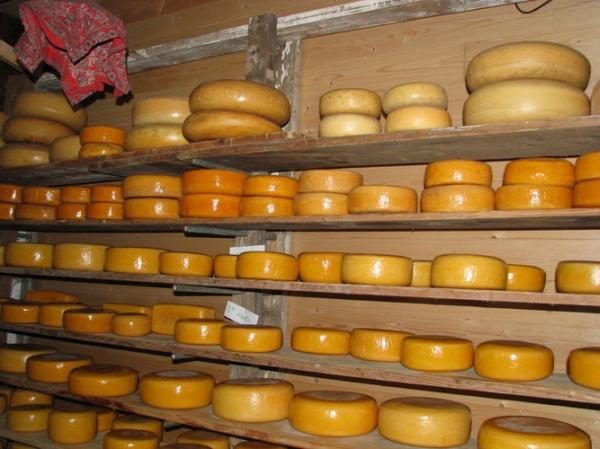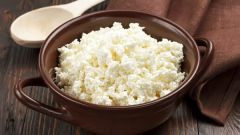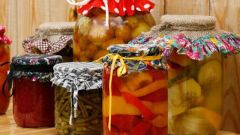Instruction
1
In large volumes at the enterprises for the production of cheese cheese is dried in special drying installations. The most effective is vacuum drying of cheese in a microwave vacuum systems (IDD). Microwave waves are used in microwave vacuum systems - electromagnetic waves with a frequency of 2.45 GHz. Acting on cheese, they transfer their energy to moisture in the product, heat it and bring to a boil. Inside the product pressure is increased and the moisture vapor out, while leaving open the channels. Thus, drying occurs by evaporation of the liquid and ejection of pairs from the product of that part of the moisture which does not evaporate. This principle ensures super fast drying – 4 times faster than traditional drying. In a vacuum, the boiling point of the liquid is reduced to 10C, so the drying takes place without destruction of vitamins and proteins.
2
The condensate formed in the process of drying the cheese in the IDP, and the smell comes in a special reception tank. This condensate cheese taste and smell can then be used as the reducing agent of dry cheese. If vacuum drying of the obtained two types of products: cheese powder and crispy cheese. Cheesehydrated powder has a pronounced cheese taste and smell, often augmented by various spices. It is used as a seasoning for various dishes, it has a lot of protein, and it can also be stored for a long time. Crispy cheese is a cheese sticks or beads with a porous structure. They are easy to break and crumble under light pressure.
3
In addition to industrial production, cheeses are made at home. Methods of cooking jerky a great many. And if home-made cheese prepared for long term storage, it is also necessary to dry. Dried cheese cooked in summer in the shade outdoors, and indoors in the winter, but as far as possible from the furnace to cracked. Have them on the shelves or poles covered with straw. From time to time, it would appear on the surface of the mold, should be scraped with a knife and wash in salt water. Dried cheese you have to clean and scrape with a knife and fold in large pots, sprinkling of oat straw. Continue to keep cottage cheese is recommended not to dry but not in wet place. Then, the cheese will not dry out, and in the second case - not moldy and rot. If the cheese is nevertheless covered with mold, it is necessary to wash the whey, add salt and again dry in the shade, turning from side to side.
Useful advice
To raw yet the cheese did not touch the flies, it is better to dry it in baskets through which air easily passes. You can cover the mesh. In the drying process of cheese is often necessary to turn from side to side.





